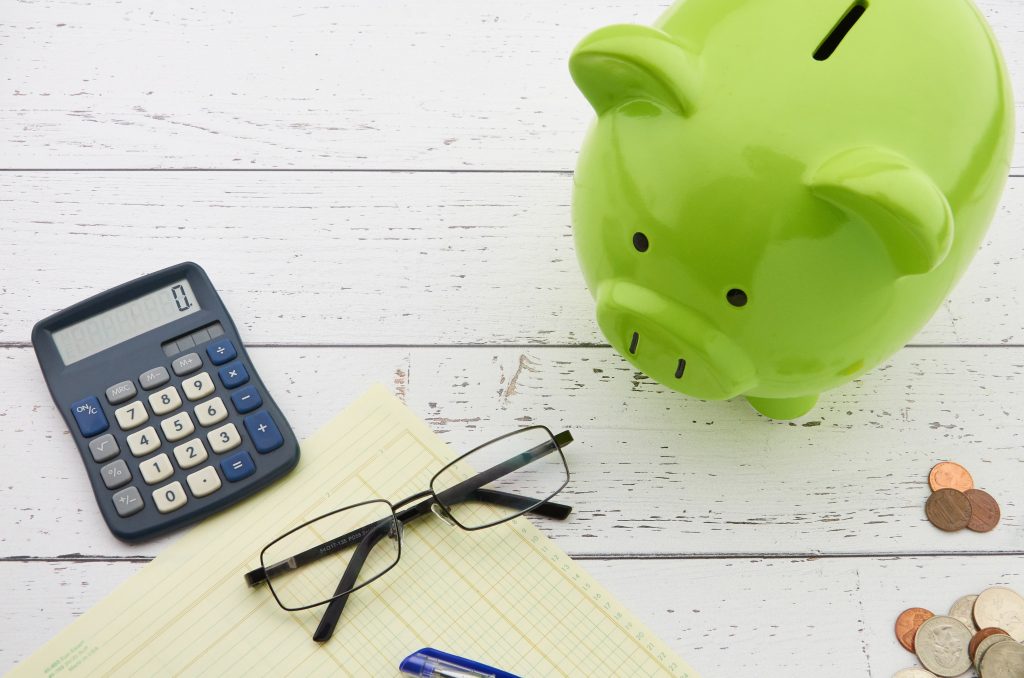What is the 70 percent rule in BRRRR?
Real estate is one of the most lucrative investment opportunities. The Buy, Rehab, Rent, Refinance, and Repeat (BRRRR) strategy is one of the most popular and effective ways of making money in real estate. The BRRRR strategy is all about purchasing a property, rehabilitating it, renting it out, refinancing the property, and then repeating the process. One of the key factors to consider when investing in real estate is the 70 percent rule. In this article, we will discuss what the 70 rule is in BRRRR and how it can help you make money in real estate.
Understanding the 70 percent rule:
The 70% rule in brrrr, is a simple formula that real estate investors use to determine the maximum price they should pay for a property. The rule states that the maximum price you should pay for a property is 70% of its After Repair Value (ARV) minus the cost of repairs. In other words, you should not pay more than 70% of the ARV of the property after repairs are completed.
For example, if a property has an ARV of $200,000 and it needs $30,000 worth of repairs, then the maximum price you should pay for the property is $110,000 (70% of $200,000 minus $30,000).

Why is the 70 percent rule important?
The 70% rule in brrrr is important because it helps investors avoid overpaying for a property. By following this rule, investors can ensure that they are buying a property at a price that will allow them to make a profit when they sell or refinance the property.
The 70% rule also helps investors manage their risk. When you invest in real estate, there is always a risk that the property will not appreciate in value as much as you had hoped. By following the 70% rule, investors can ensure that they are not taking on too much risk by overpaying for a property.
How the 70 percent rule relates to cash flow:
Cash flow is an important factor to consider when investing in real estate. Cash flow is the income you receive from the property minus the expenses associated with owning the property. The 70% rule can help investors ensure that they are buying a property that will generate positive cash flow.
When you use the 70% rule in brrrr to determine the maximum price you should pay for a property, you are essentially ensuring that the property will generate enough income to cover the mortgage payments, property taxes, insurance, and other expenses associated with owning the property.
By ensuring that the property generates positive cash flow, investors can use the income from the property to pay down the mortgage, make repairs, or reinvest the money into other properties.
The 70 percent rule in brrrr and refinancing:
Refinancing is a key part of the BRRRR strategy. Refinancing allows investors to take out a new mortgage on the property, which can be used to pay off the original mortgage and the cost of repairs. The 70% rule is important when it comes to refinancing because it determines the maximum amount of money you can borrow.
When you refinance a property, the lender will typically only lend up to a certain percentage of the ARV of the property. By following the 70% rule, investors can ensure that they are not borrowing more money than they can afford to pay back.
Final Thoughts:
The 70% rule is a simple yet effective formula that real estate investors use to determine the maximum price they should pay for a property. By following this rule, investors can avoid overpaying for a property and manage their risk. The 70% rule also helps investors ensure that they are buying a property that will generate positive cash flow and can be refinanced in the future. When it comes to investing in real estate, the 70% rule in brrrr is an essential tool that every investor should be familiar with.
